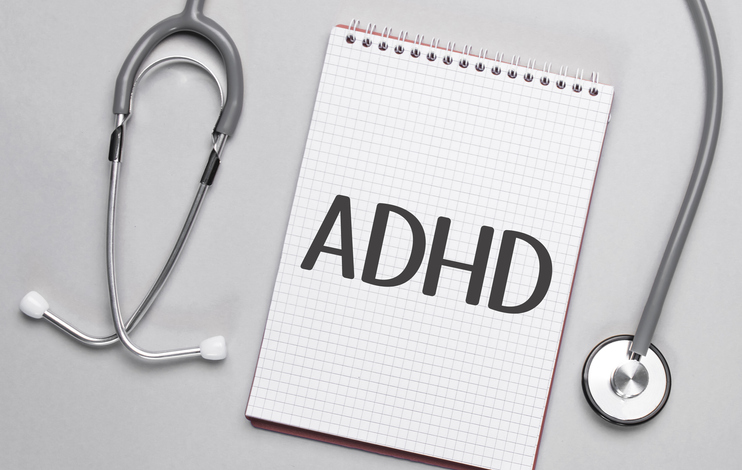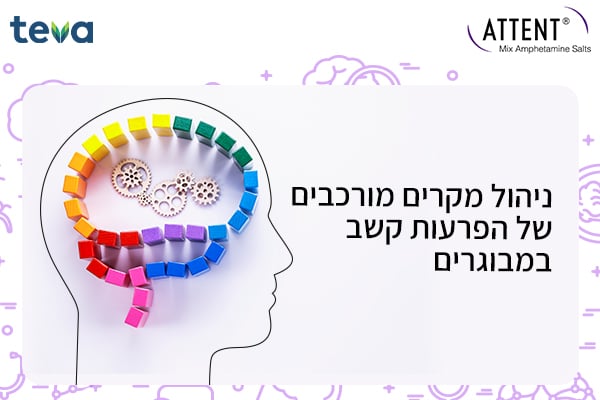
ADHD Treatment: A View Towards the Future
Dr. Newcorn gave a keynote presentation in which he examined the strengths and weaknesses of existing treatments for ADHD and offered a rationale for why there is still an unmet need of new treatments. Two persuasive arguments he mentioned: One, stimulants are extremely effective, but lack the following:
• Poor response or tolerability in some patients
• Sub-optimal response is not uncommon, especially if adverse events limit dose
• Time-action characteristics are problematic
• Affective blunting is not uncommon
• Relative or labeled contraindications for some comorbid conditions (e.g. tics, anxiety, substance abuse
• Some patients will not take stimulants; some doctors won't prescribe them
• Misuse, diversion and/or abuse of stimulants are more common and problematic than we would like to think
Second, current non-stimulants have substantial limitations:
• Smaller effect sizes than for large number of non-responders to atomozetine (ATX) and possibly for alpha-2 agonists
• Alpha-2 agonists are somewhat better for H/I (Hyperactivity) than IA (Inattention)
• Often not ideal for monotherapy in adults and certainly not approved yet
• Both non-stimulant classes are less effective in adults, and have limitations on their use. (Alpha-2 agonists are not FDA-approved in adults)
• Both take a long time to show full effects
• Side effect profile is not necessarily advantageous
He considered the range of interventions currently being developed and illustrated how a personalized approach could aid in directing treatment selection.
The lecture also considered the potential role of biomarkers in driving new treatment development and clinical decision-making. The discussion part evaluated the strengths and limitations of recent research findings and placed them in context of clinical realities and needs for the future. In this context Prof. Newcorn discussed current investigational non-stimulant drugs and purported mechanisms of action.
Reuptake inhibitors (all in Phase Ill or later) mentioned:
Viloxazine (Repurposed antidepressant; NE reuptake + 5-HT modulator); works reasonably quickly; little need for titration since low dose is about as effective as higher dose
Centanafadine (Triple reuptake inhibitor); comparable ES to ATX with no adverse effect on sleep
Dasotraline (DA + NE reuptake inhibitor); submitted to FDA in 2018 but not approved with additional study ongoing; also being studied for binge eating disorder; long half-life could be on advantage
Other current investigational non-stimulant drugs with novel mechanism of action:
Fasoracetam (MGIuR activator; also cholinergic and GABA activity); currently in Phase III- did not meet endpoint; potential treatment for ADHD in ASO; atypical presentations of AVOID, or stimulant non-responders
Mazindol (Atypical stimulant; triple reuptake inhibitor + orexin 2a partial agonist); previously approved for appetite suppression; used off-label in narcolepsy; large ES in Phase II (comparable to AMP), but with previous Schedule IV designation in US.
Molindone (re-purposed anti-psychotic; D2/D1 blocker now being studied for ADHD+ impulsive aggression in combination with ADHD monotherapy; currently in Phase III- did not meet endpoint; lower weight gain when previously used.
The expanding array of medication and non-medication treatments for ADHD offers enhanced opportunity for successful intervention, but clinical decision-making is complicated due to notable differences in individual response. For example, although the majority of individuals will respond to either methylphenidate or amphetamine, 30-40% will have preferential response to one or the other stimulant class, and a sizeable minority will have poor response or tolerability to both.
Moreover, time-action properties of stimulants and abuse liability represent formidable challenges. Non-stimulants offer potential advantages in terms of abuse liability, duration of activity and potential for differential response; however, the effect size for non-stimulants has been decidedly lower and to date there have not been effective methods for predicting response/non-response. The same can be said for recently approved devices for ADHD treatment.
Describing non-pharmacologic pipeline for ADHD Prof Newcorn highlighted:
Monarch e-TNS (Trigeminal Nerve Stimulation) system: currently used in Europe and Canada for depression, and just cleared by FDA for use in ADHD; patch worn at night across the forehead delivers electrical signal to deep brain areas associated with concentration and impulse control; ES of 0.5 at 4 weeks in the range of non-stimulant medication
Video game technology (2 products being developed)
AK4401 (Akili Interactive, EndeavorRx™): deploys interference-based cognitive control- targeting mechanics; trial presented at AACAP; significant improvement in TOVA API score (primary measure); secondary ADHD symptoms; currently "cleared' by FDA— emergency approval;
ATENTIVmynd (ATENTN): video game technology+ QEEG measurement; focus-forward approach; Recent pilot fMRI study with findings in several networks of interest; gains in functional measures reported in initial studies
Concluding take-home messages suggested that currently approved medications for ADHD are highly effective, but there are still significant unmet needs. Time-action effects of stimulants remain problematic and are a target for new formulations. There is a need for non-stimulant drugs with efficacy comparable to stimulants and this is a difficult to achieve priority. Further address of safety/tolerability issues and poor adherence to existing treatments represent opportunities for new drug development where data regarding neuroscience of ADHD can inform drug development. Prior investigational medications targeting novel mechanisms have generally failed and the only non-stimulant drugs to be approved target front striatal catecholamine mechanisms one way or the other. Some pipeline drugs target both 'tried and true', and stay tuned for novel mechanisms of action with several pipeline drugs/devices in Phase Ill or FDA review.
Presenter:
Dr. Newcorn is currently professor of psychiatry and pediatrics, and director, Division of ADHD and Learning Disorders at Icahn School of Medicine at Mount Sinai. He is a founding member of the board of directors of the American Professional Society for ADHD and Related Disorders (APSARD) (currently serving as president-elect), and chair of the advisory board of the Klingenstein Third Generation Foundation.
כתבות נוספות שאולי יעניינו אותך
את.ה עומד.ת לעזוב את העמוד
האם את.ה בטוח.ה?



